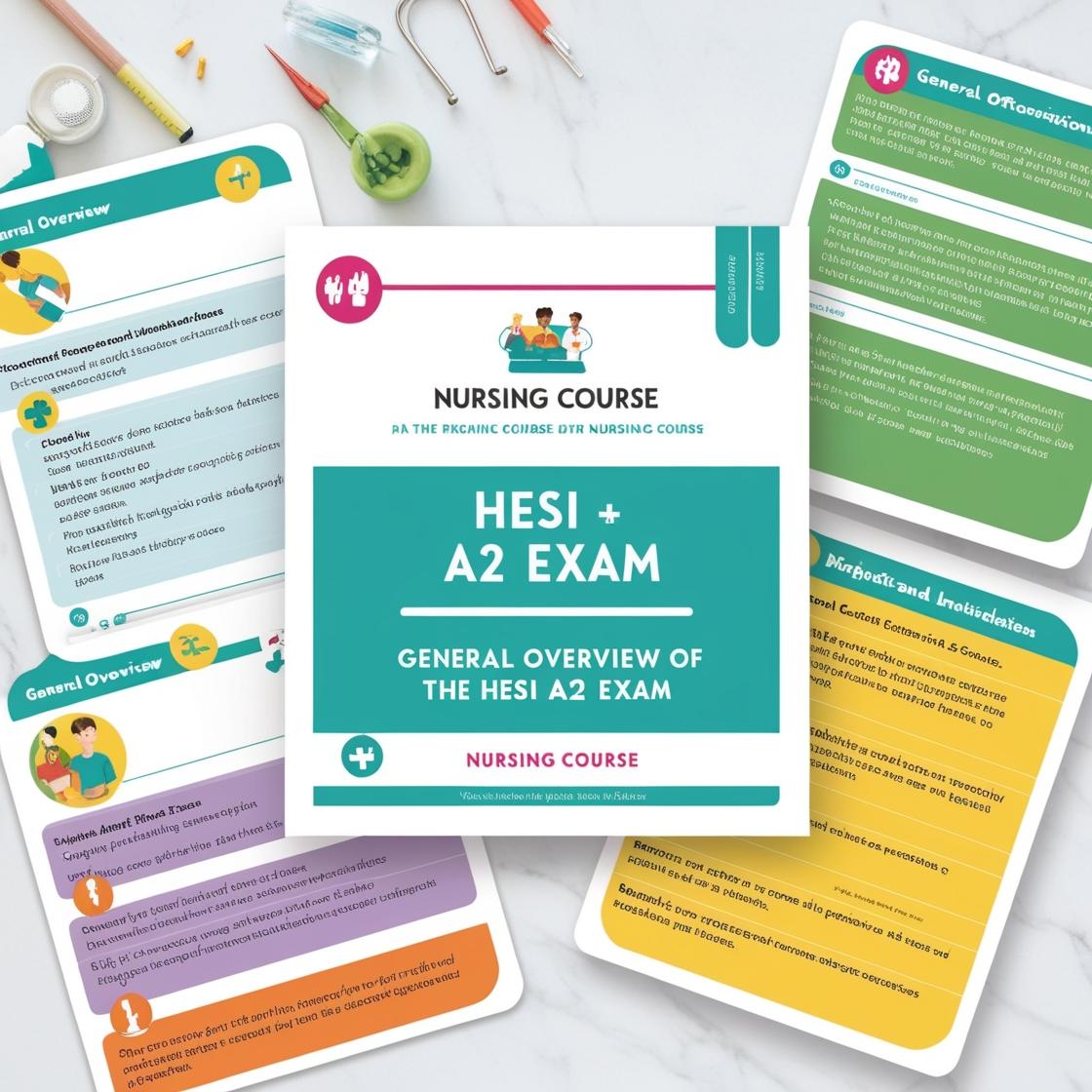HESI A2
HESI A2 Anatomy and Physiology 2023
1. Which part of the brain is responsible for processing emotions?
- A. Frontal lobe
- B. Amygdala
- C. Parietal lobe
- D. Occipital lobe
Correct answer: B
Rationale: The correct answer is the amygdala. It is a small, almond-shaped structure located within the temporal lobe of the brain. The amygdala plays a crucial role in processing emotions such as fear, anger, pleasure, and other emotional responses. It is involved in the formation of emotional memories and helps regulate emotional responses to various stimuli. The frontal lobe is mainly responsible for higher cognitive functions such as decision-making and problem-solving, not processing emotions. The parietal lobe is involved in processing sensory information and spatial awareness, while the occipital lobe is primarily responsible for processing visual information.
2. Which part of the brain is involved in the regulation of heart rate and breathing?
- A. Cerebrum
- B. Cerebellum
- C. Medulla oblongata
- D. Hypothalamus
Correct answer: C
Rationale: The correct answer is C: Medulla oblongata. The medulla oblongata, situated in the brainstem, plays a crucial role in regulating vital functions such as heart rate, breathing, and blood pressure. It serves as the control center for involuntary actions, ensuring the body's automatic functions work properly. Choices A, B, and D are incorrect because the cerebrum is primarily responsible for functions such as thinking, voluntary movements, and sensory processing; the cerebellum is involved in coordination, balance, and muscle control; and the hypothalamus regulates body temperature, thirst, hunger, and some aspects of the autonomic nervous system but not specifically heart rate and breathing.
3. What substance makes up the pads that provide support between the vertebrae?
- A. bone
- B. cartilage
- C. tendon
- D. fat
Correct answer: B
Rationale: Cartilage is the correct answer as it is the substance that makes up the pads between the vertebrae. Cartilage provides cushioning and support between the bones of the spine, allowing for flexibility and preventing friction between the vertebrae. Bone (choice A) is incorrect as it forms the structure of the vertebrae, not the intervertebral discs. Tendon (choice C) is incorrect as it connects muscle to bone and is not found between the vertebrae. Fat (choice D) is incorrect as it is not the substance that makes up the pads between the vertebrae.
4. Which of the heart's four chambers is the largest and the strongest?
- A. Left ventricle
- B. Left atrium
- C. Right ventricle
- D. Right atrium
Correct answer: A
Rationale: The correct answer is the left ventricle. The left ventricle is the largest and strongest chamber of the heart. It pumps oxygenated blood to the entire body, making it a vital component of the circulatory system. The left atrium receives oxygen-rich blood from the lungs, the right ventricle pumps deoxygenated blood to the lungs for oxygenation, and the right atrium receives deoxygenated blood from the body.
5. Which hormone is involved in the body's stress response?
- A. Insulin
- B. Adrenaline
- C. Cortisol
- D. Melatonin
Correct answer: C
Rationale: The correct answer is C: Cortisol. Cortisol, produced by the adrenal glands, is involved in the body's stress response. It helps regulate metabolism, immune function, and the body's response to stressors by increasing blood sugar levels, suppressing the immune system, and aiding in the metabolism of fats, carbohydrates, and proteins. Choice A, Insulin, is a hormone that regulates blood sugar levels and is not primarily involved in the stress response. Choice B, Adrenaline, is also known as epinephrine and is involved in the fight-or-flight response, which is related to stress but is not the main hormone in the body's stress response. Choice D, Melatonin, is a hormone that regulates sleep-wake cycles and is not directly involved in the stress response.
Similar Questions

Access More Features
HESI A2 Basic
$49/ 30 days
- 3,000 Questions with answers
- 30 days access @ $49
HESI A2 Premium
$99/ 90 days
- Actual HESI A 2 Questions
- 3,000 questions with answers
- 90 days access @ $99
